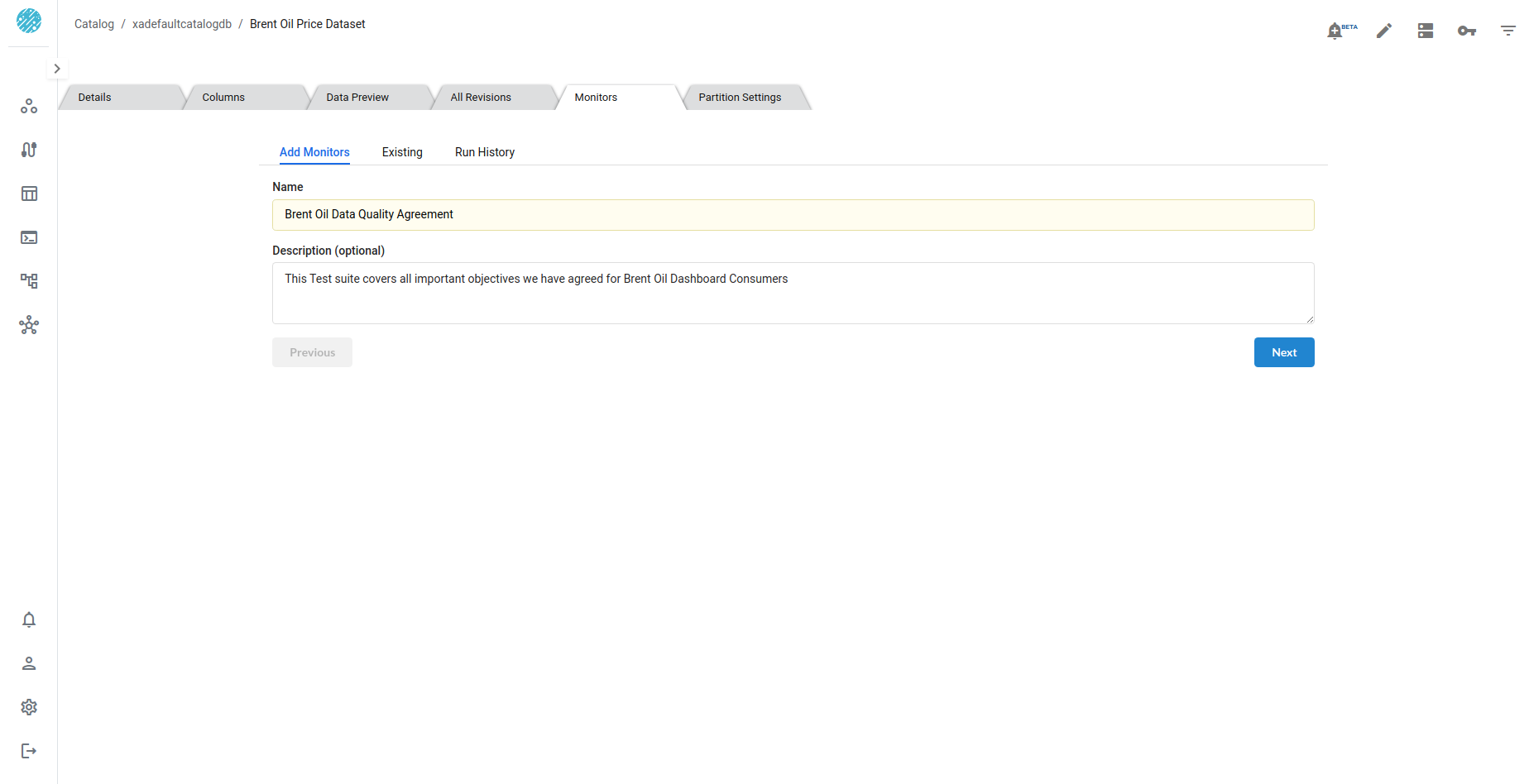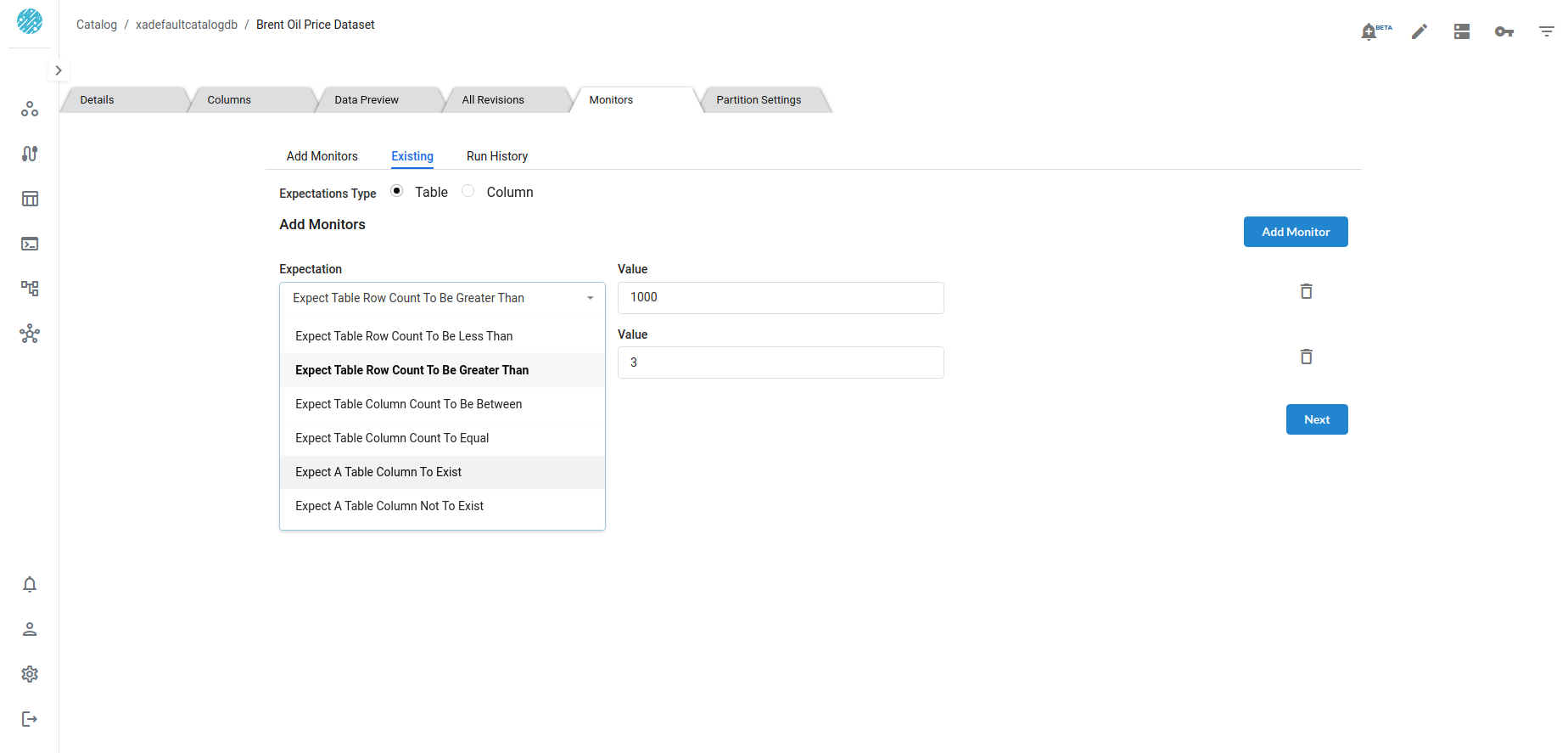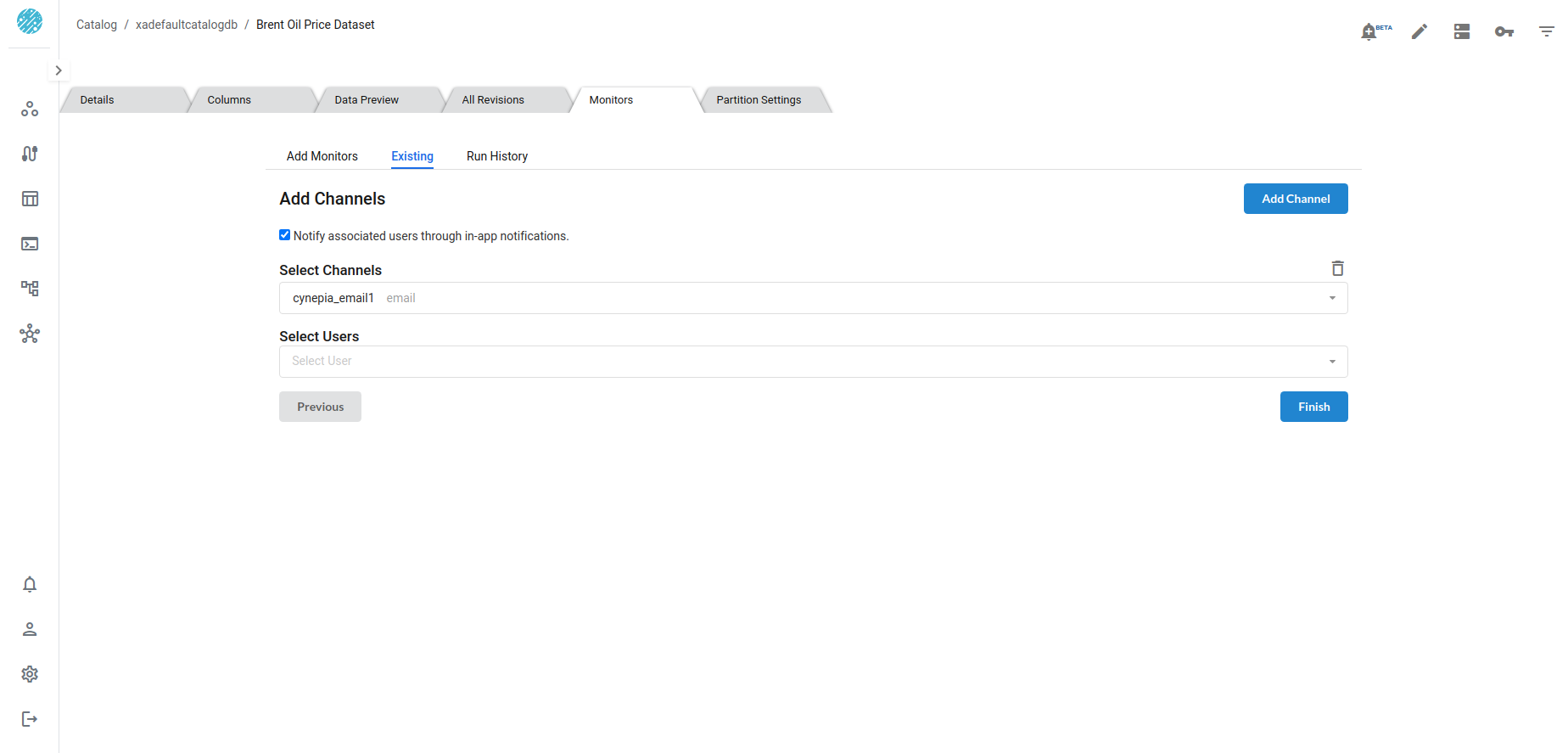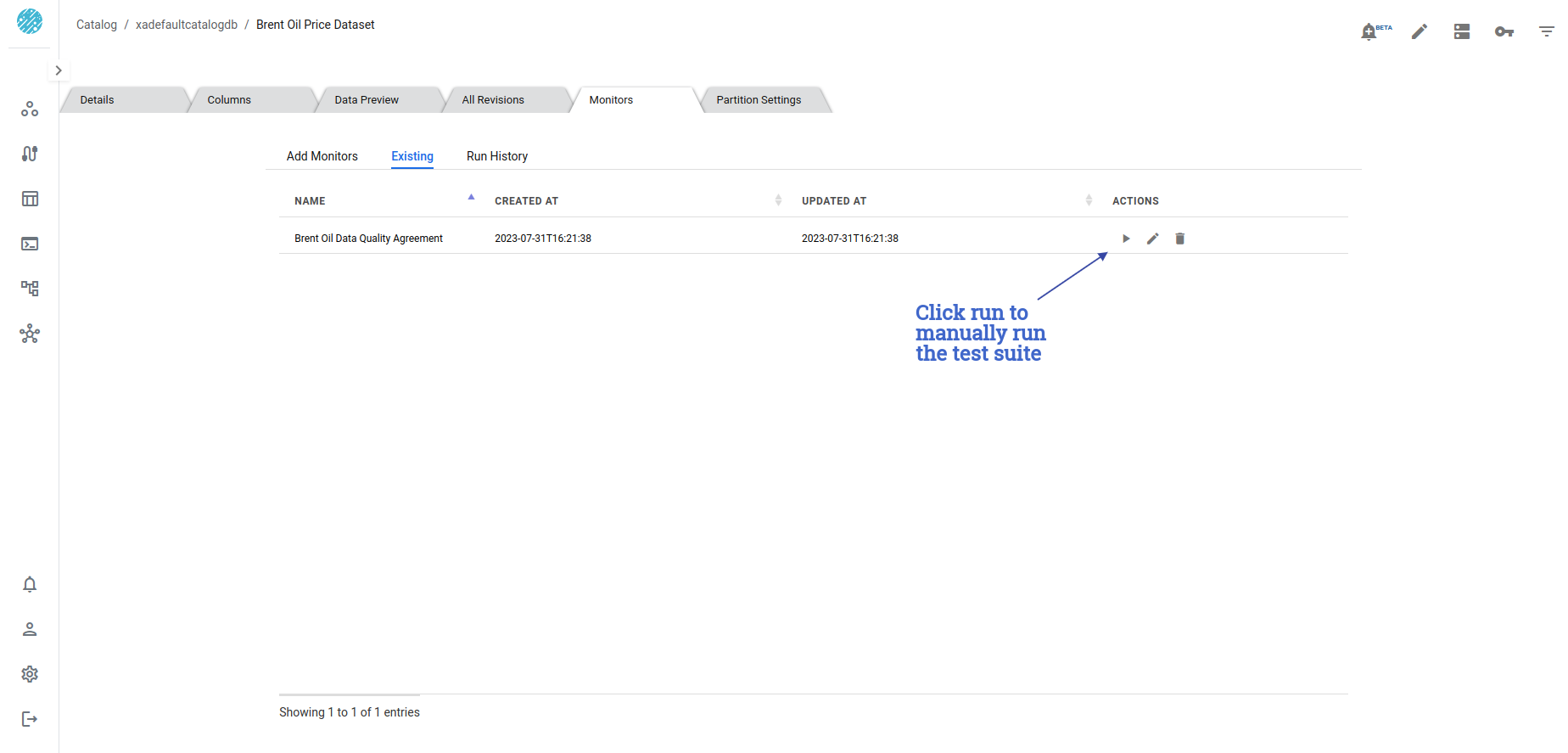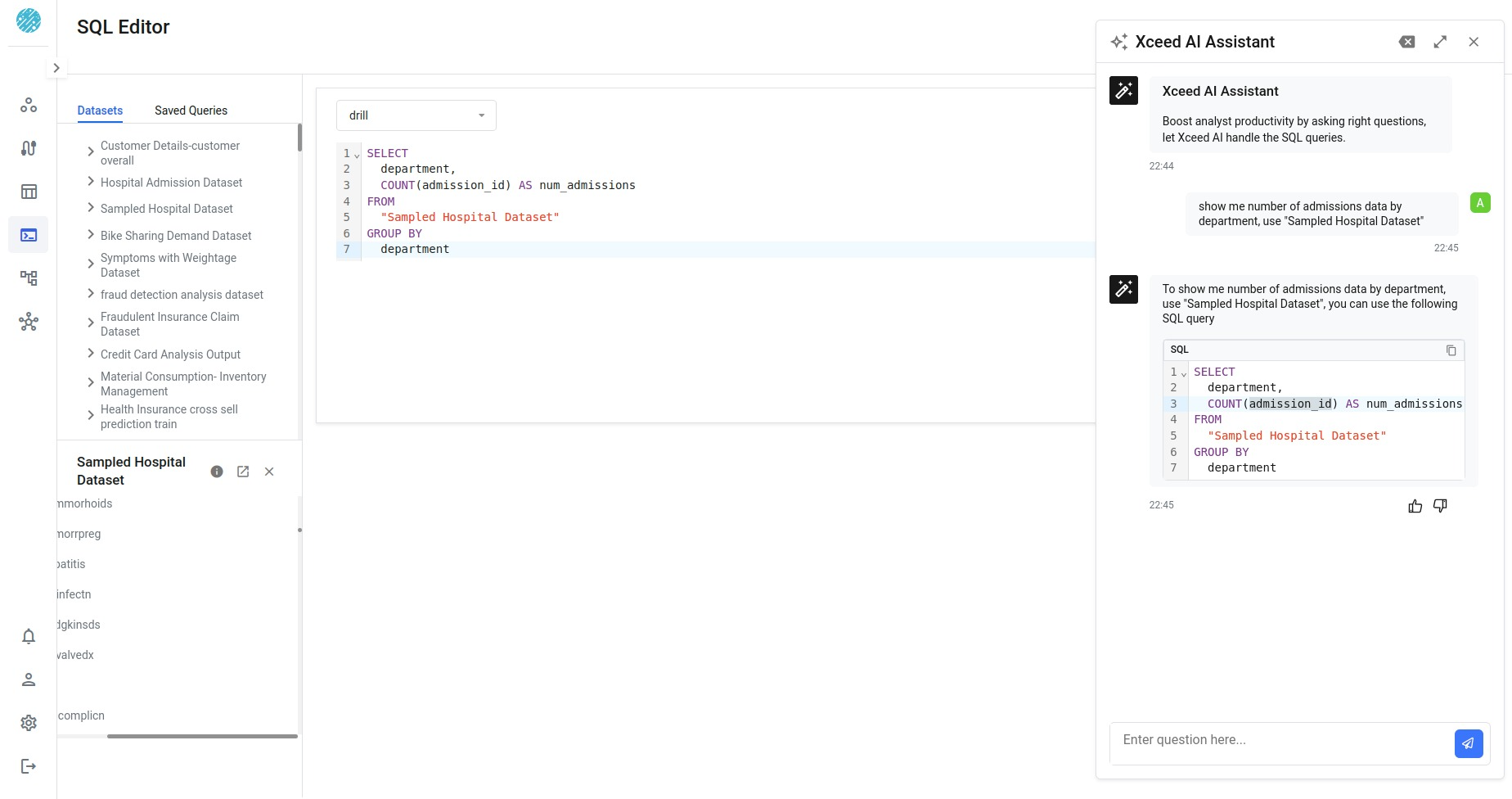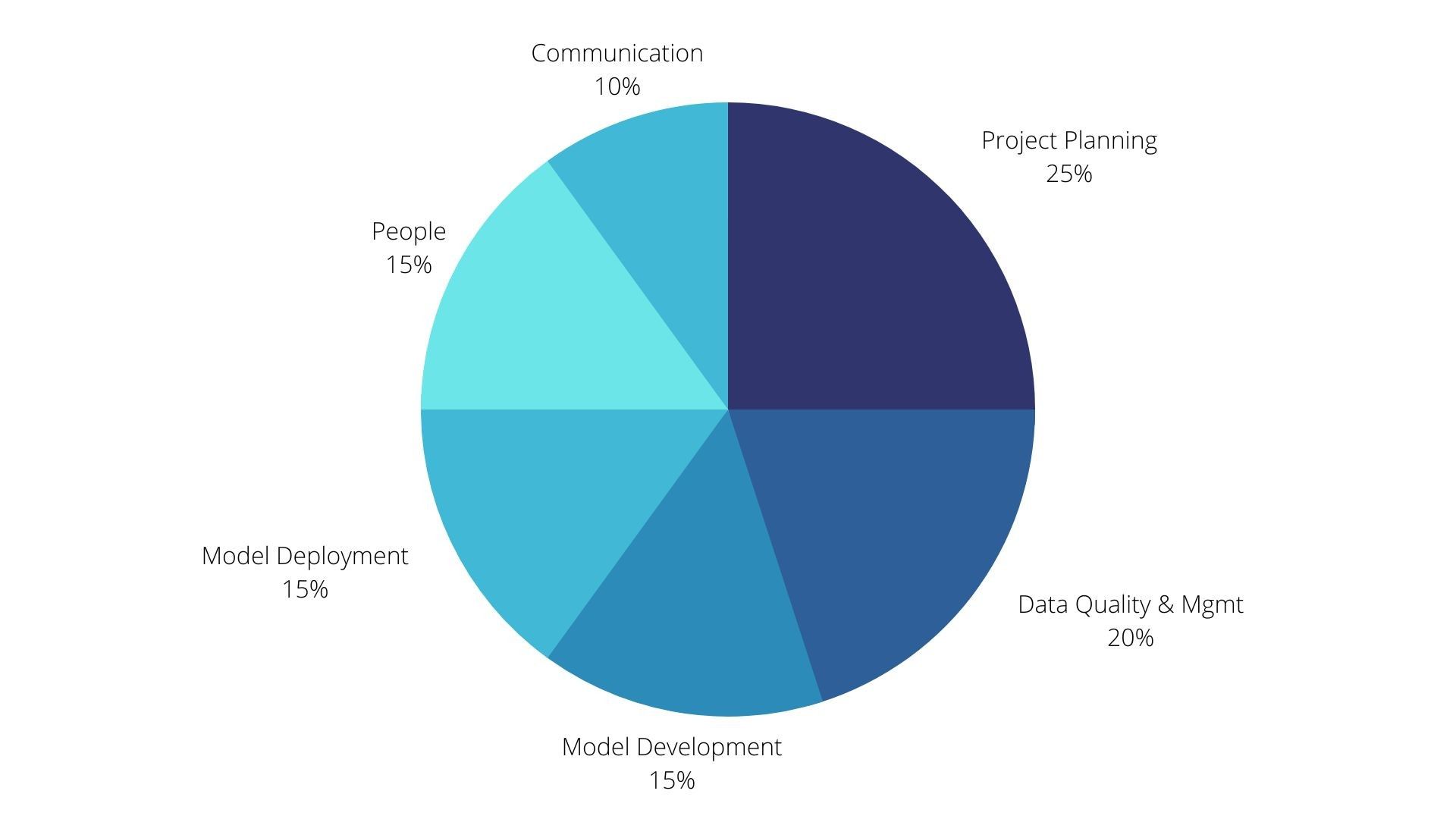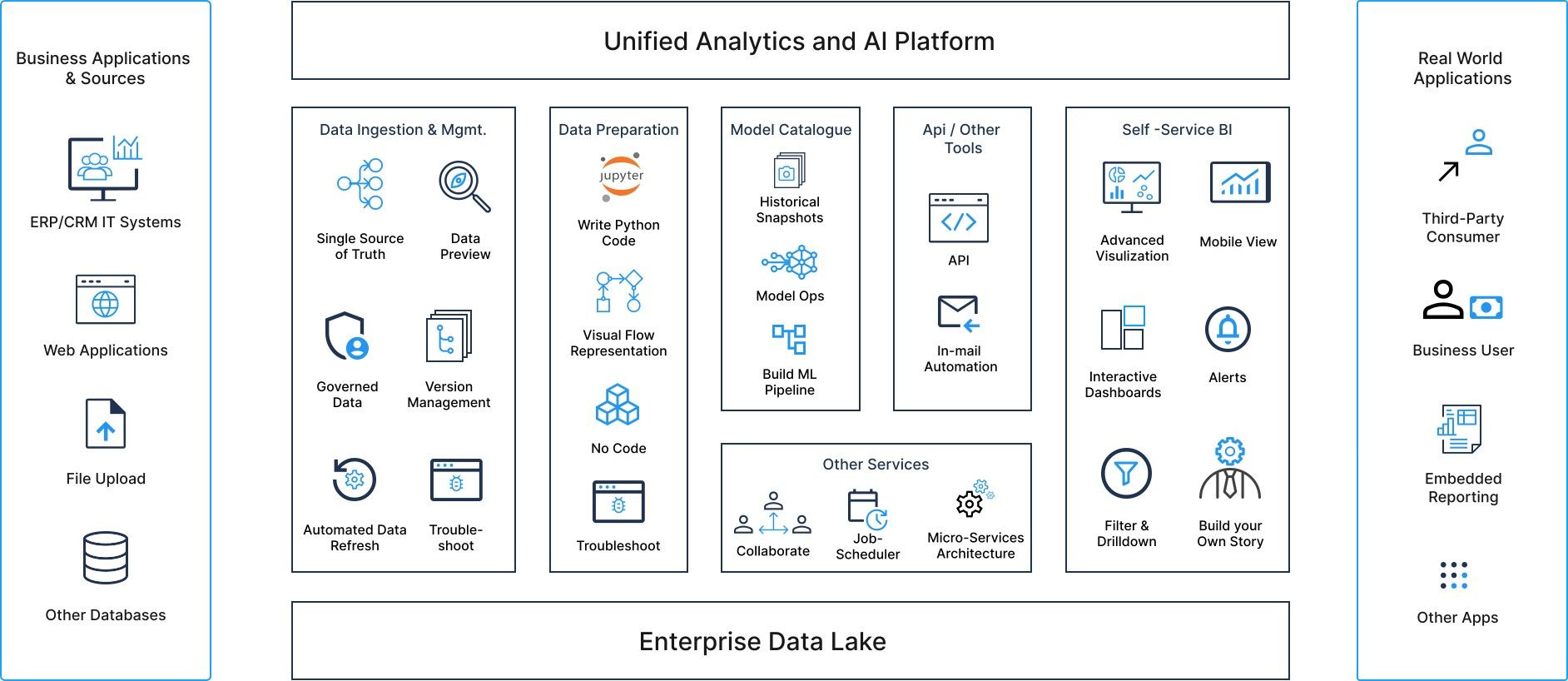Announcing Xceed AI Search and Discovery Capability
We are today announcing Xceed Smart AI Search capability in Xceed Analytics, which brings the next generation AI search capability to Xceed Analytics - A Comprehensive Unified Data and AI Platform for the enterprise. By Launching this capability, we are delivering one more milestone on our promise of bringing Xceed Analytics as a unique Intelligent end-to-end Data and AI Platform.
Amidst all the hype around LLMs and its applications in enterprise, At Cynepia we are bringing the power AI to Xceed Analytics in many ways. A couple weeks back we announced Xceed AI Assistant, A comprehensive AI assistant across your data use cases. Today I am pleased to announce advance AI search, which combines vector search (using powerful opensource embedding model) with full-text search to significantly improve search relavance. This coupled with unified control plane ensures that you can access all your data and model assets instantly. Xceed AI Search allows users to instantly discover and search across all your data estate including data connectors, datasets in data catalog, model registry, transformation workflows, SQL models and dashboards.
Data users can now discover all your data assets from an enhanced application search interface instantly and save time finding things. For example. A Data Scientist/ML Engineer trying to build a new model and wants to find out if there are existing tables or feature tables that may be relavant for his/her requirement, Xceed AI Search is the place to start. He/She can quickly get to the tables/datasets in catalog or existing feature tables in catalog. Likewise a Business User who is searching for relavant dashboards linked to a given data assets can again hope to Xceed Search and find the relevant tables/dashboards using a full text semantic search capability.
About Vector Search with Full Text Search
Vector search technology uses Large Language Models to perform semantic retriveal of knowledge thereby significantly improving the relevance of search results for an end user. This feature is useful when you are interested in results based on the meaning and context of the search text. It leverages natural language processing and artificial intelligence to interpret the nuances of language and retrieve results that match the user's intent. This capability goes far beyond traditional keyword-based searches, enabling users to discover relevant information even when they don't have precise search terms in mind. This allows users to describe what they are looking for in natural language with a near approximate meaning and yet find the relavant data. Often results from vector search are not optimal, because of various terms which are specific to a domain. Xceed AI Search capability brings in the benefit of both vector search and full text search together, ensuring most relavant results are sent back to the user.
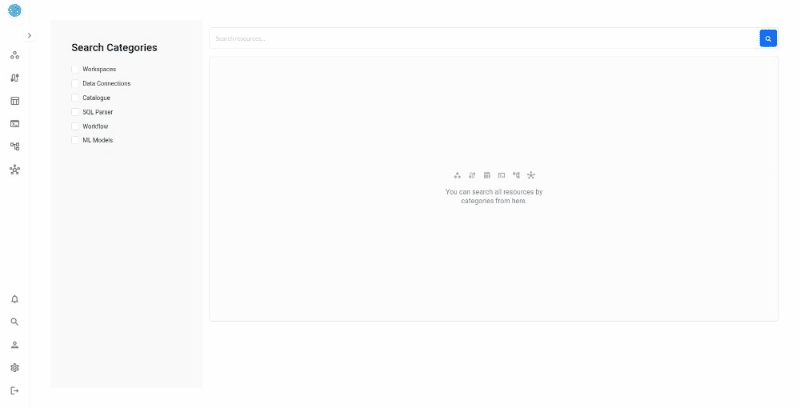
Boost analyst/data engineers/data scientist productivity, with Xceed AI Search and Discovery
Xceed Analytics is uniquely positioned to improve experience with AI capabilities using our new AI Search and Discovery capability, given our unified approach to enterprise data and AI platform. It helps democratize access to enterprise data while ensuring role based governance/access.
Availability
The Xceed AI Search and Discovery feature is currently available in public preview.
About Xceed Analytics
Xceed Analytics is an AI powered comprehensive enterprise data platform unifies all your data, analytics and AI use cases and products under a single unified platform. A comprehensive data and analytics Platform is therefore vital to success of business transformation journey as we ride the new wave of Artificial Intelligence and take advantages of this new promising technology in the transformation journey.
Problem that a Comphrehensive DAta & AI Platform addresses
Emergence of Machine Learning and AI, along side fast pace of digital and explosive growth of data that enterprises are experiencing has made them realize that an effective approach to managing and harnessing the power of data and AI can create significant competitive advantage. Landscape for data and AI has been constantly evolving over the past decade to address the challenge and oppurtunity of managing and harnessing this data that enterprises are inundiated with. Modernizing the data and AI platform has been a constant through out the past decade.
The fragmented toolchain and siloed data within enterprises are formidable barriers that hinder the full harnessing of their data assets. When various departments and teams rely on disparate tools and systems that don't communicate effectively, it leads to inefficiencies, duplicated efforts, and a lack of a unified view of the data. Siloed data exacerbates this problem by isolating valuable information within these disparate systems, preventing cross-functional collaboration and inhibiting data-driven decision-making. The result is a missed opportunity for enterprises to extract valuable insights, achieve operational excellence, and remain agile in an increasingly data-driven world.
A Comprehensive Data & AI Platform helps breaking down these silos and streamlining the toolchain is essential for organizations to unlock the true potential of their data assets and drive innovation.
Benefits of a Comprehensive Data & AI Platform
There are enumerous benefits of a comprehensive end-to-end Data and AI Platform
-
Central repository for all the data, workflows and models.
-
Seamlessly Discover, Manage Data Quality and Govern all your data products/artifacts through a single pane.
-
Remove data silos, keep every stackholder engaged and notified.
-
Accelerate deriving value from their most valuable asset which is data.
-
Enables enterprises to cut/optimize costs via No Integration stack. You no longer need to stitch individual services from multiple vendors.
-
Simplicity of overall architecture helps in streamlining of the overall data and analytics process.
Technical Capabilities
Some of the key data tools included in Xceed Data and Analytics Platform include:
-
Versioned, Governed and Fully Integrated Data Lake based on open standards such as Apache Parquet.
-
Unified abstraction for all data producers. Supports multiple OLAP and compute engines
- Duckdb, Apache Spark, Pandas, Ray
-
All common access methods supported. Access/Configure and Monitor with your prefered access method
- SQL or Dataframe or CLI or Python SDK
-
No-code Data Integration. Supports most common databases, cloud storages and SAAS applications.
-
Integrated Data Catalog with Extensive Data Discovery, Governance and Data Quality Test Features.
-
Xceed SQL Workbench Enables analyst to carry out exploratory analysis via a visual interface. Supported Engines include duckdb, Apache drill, Apache Spark
-
Xceed Workflows for No/Low Code Interface data transformation pipelines. Supported Engines include Apache Spark, Duckdb, Apache Drill for SQL, Pandas, Pyspark for dataframes.
-
Xceed AutoML - Enable onboarding every day ML use-cases across Classification, Regression and Forecasting.
-
Xceed Business Intelligence & Reporting Provides all common dashboarding features to build beautiful datastories/dashboards.
-
Xceed Notifications Ensure all stackholders are notified
-
Xceed Model Registry home to all ML Models.
-
Xceed Python SDK/CLI Data users can now work via Xceed APIs and Command Line Interface besides the user interface as an alternate choice for interacting with Xceed Analytics.
-
Microservices architecture enables scalability while providing seamless integration.
For More details on Xceed Analytics Architecture, refer to Our Architecture Page
About Cynepia Technologies
Cynepia Technologies provides comprehensive end to end data stack to help enterprises organize, connect, make sense of their data, stay connected with their insights, make faster, real-time decisions and ultimately grow your business.
To learn more about Cynepia and Xceed Analytics, visit our website
For demo or product inquiry, write to us at Product Marketing

